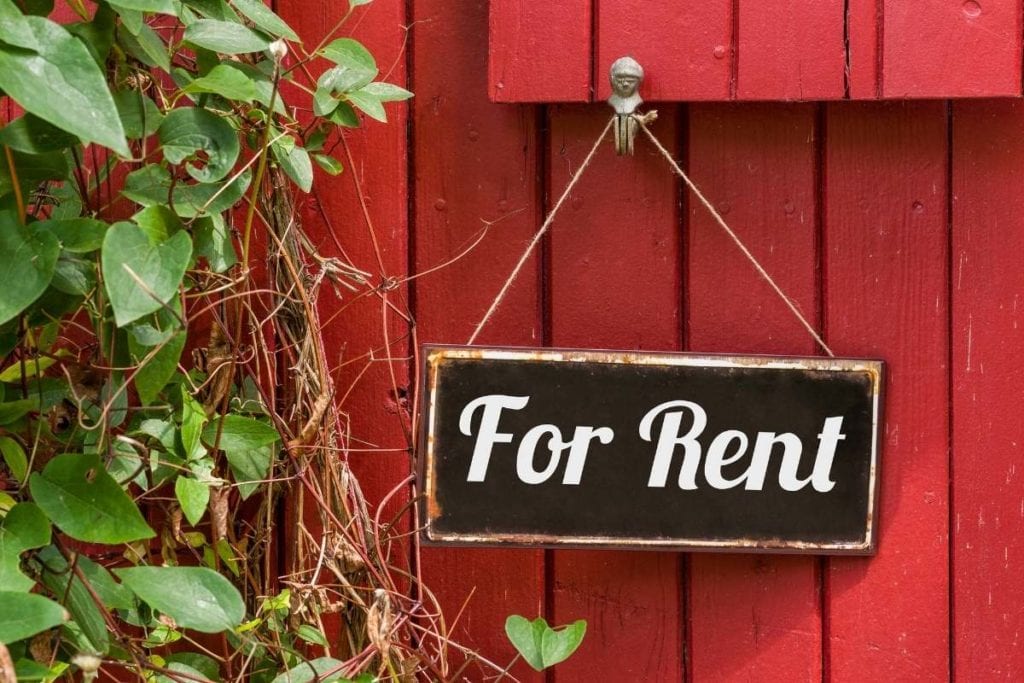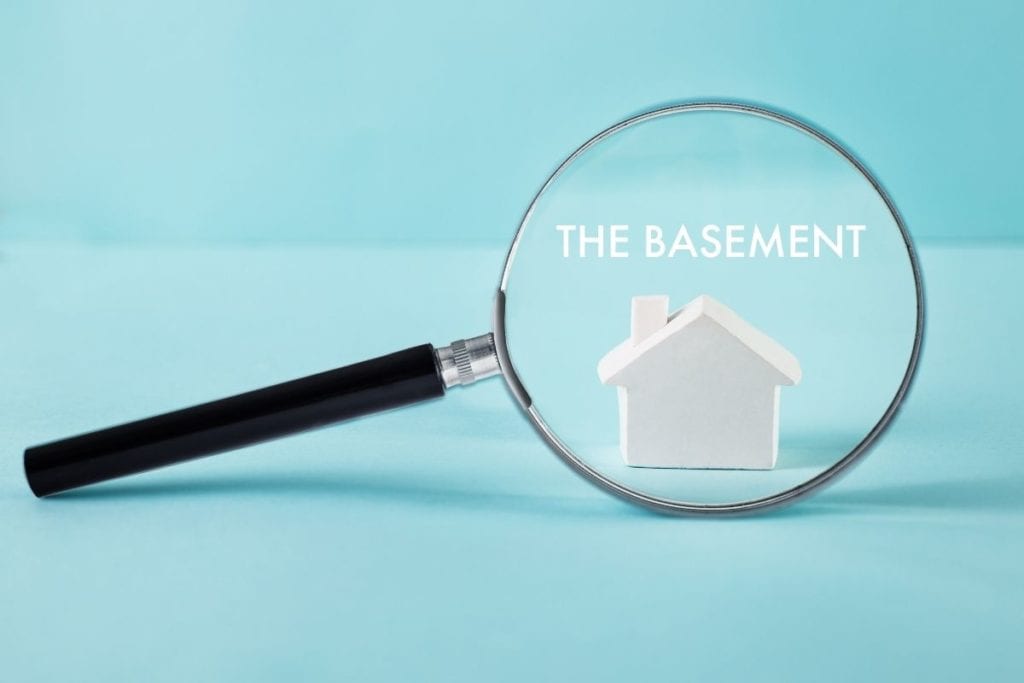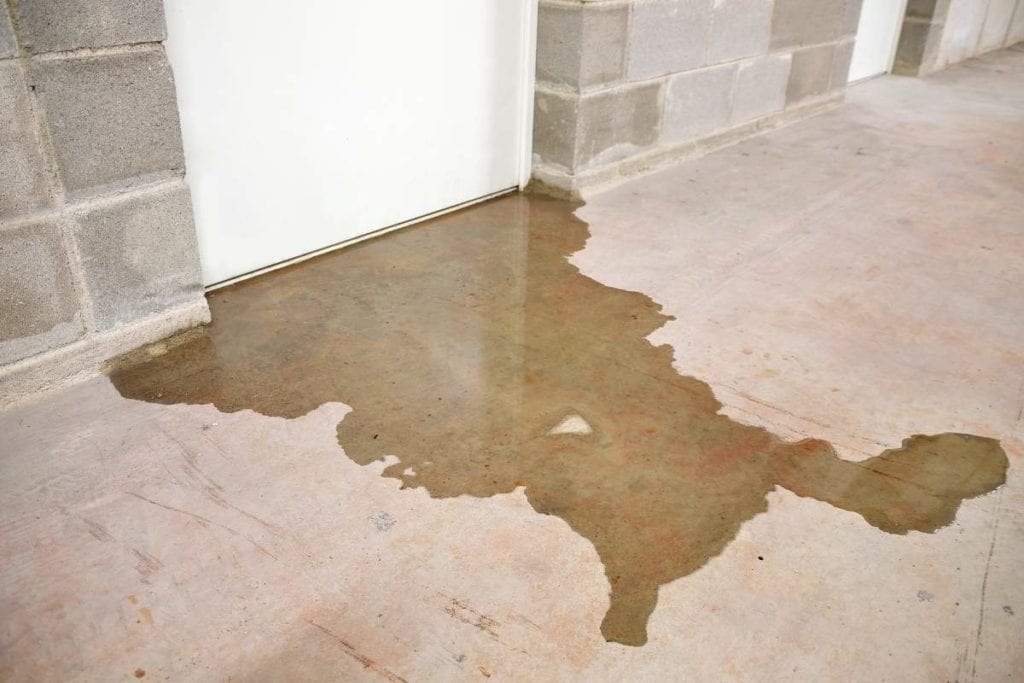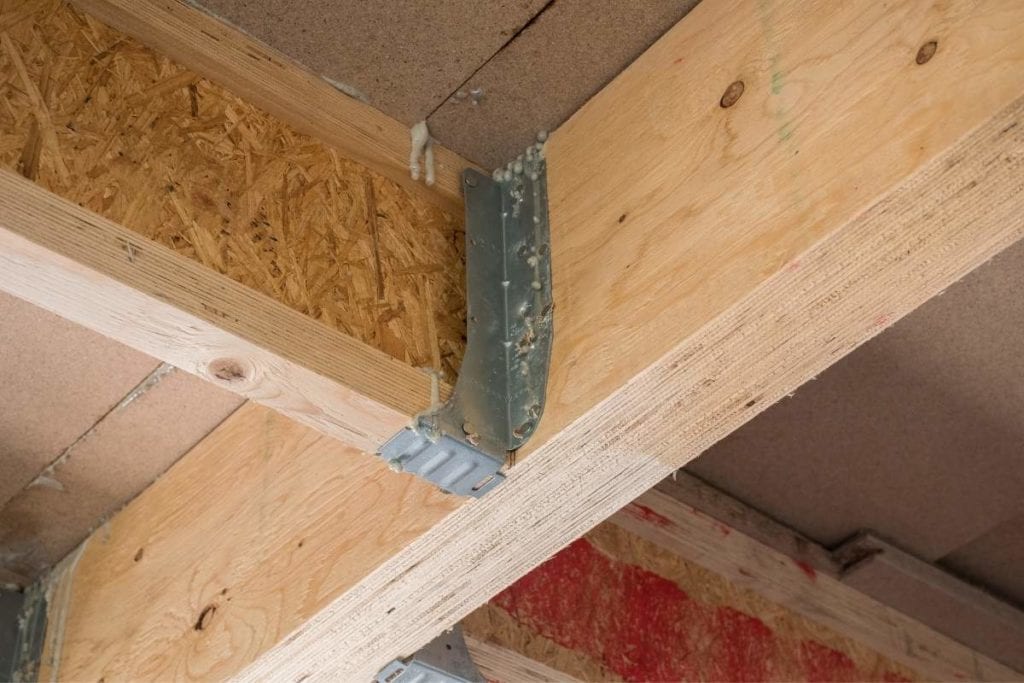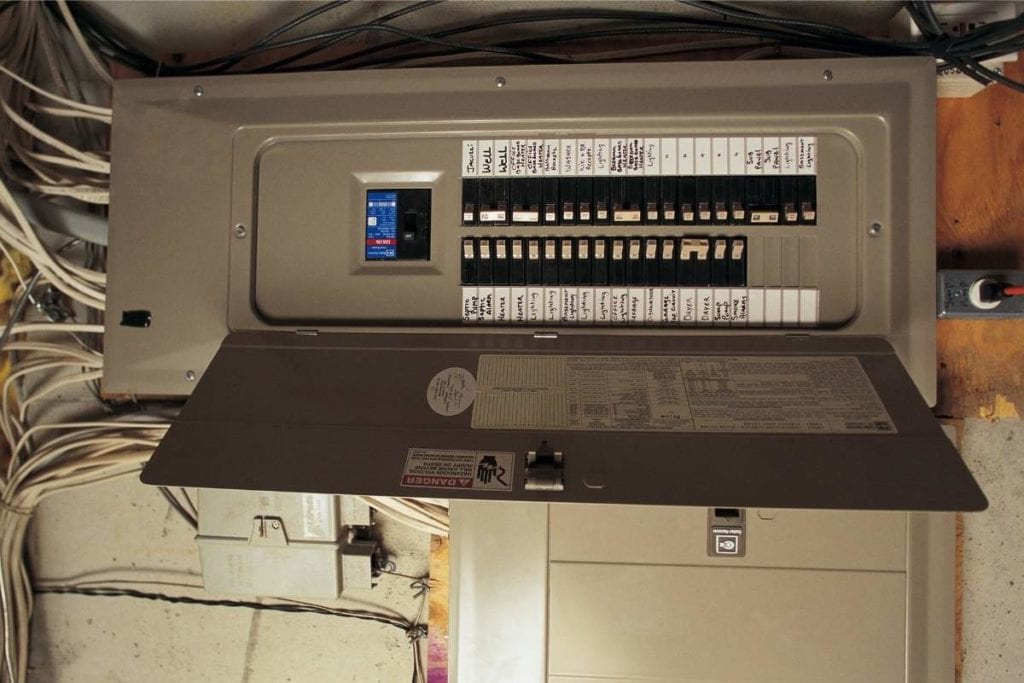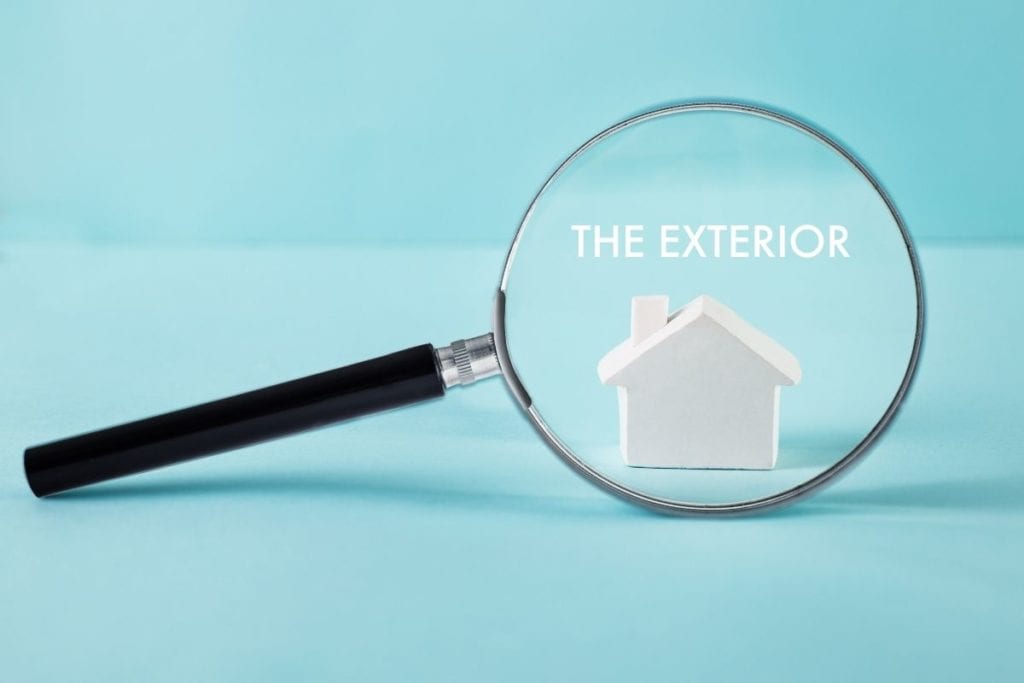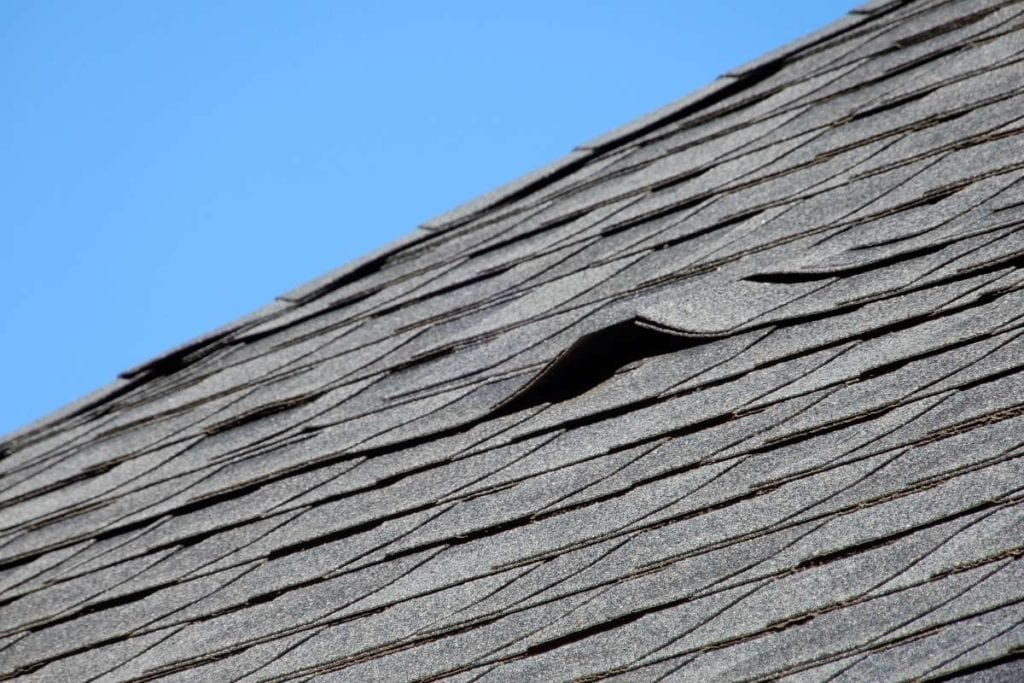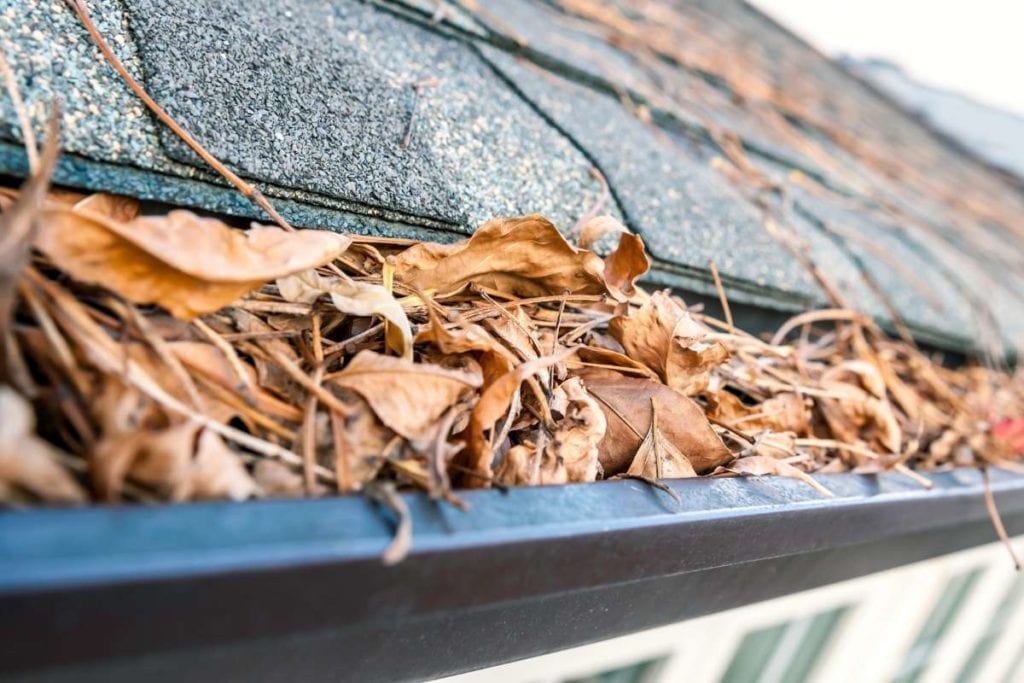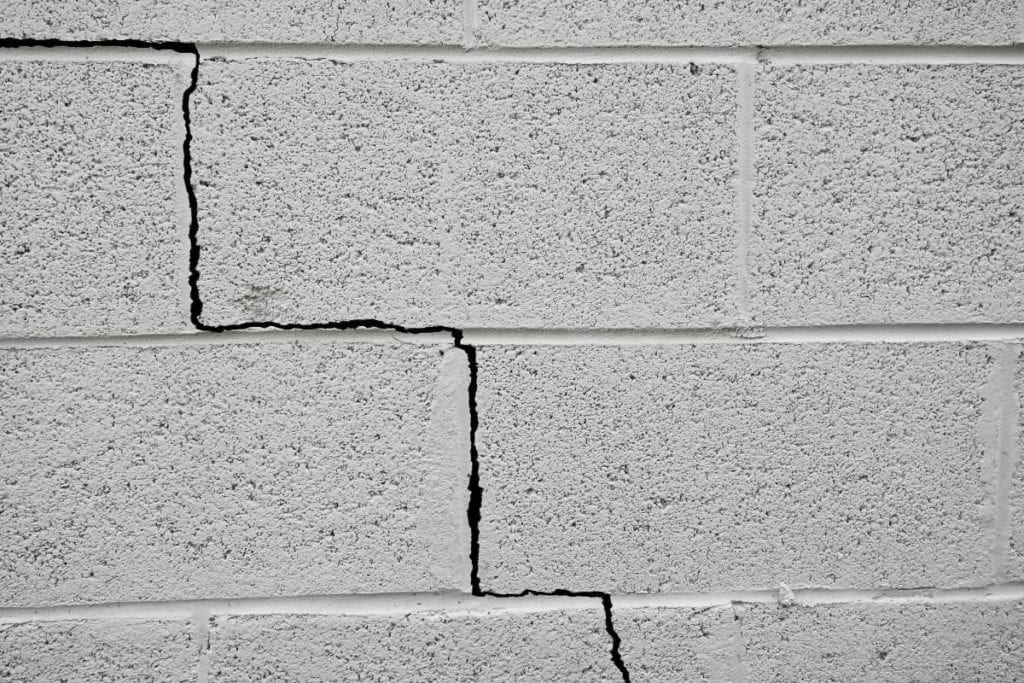Real estate is an excellent investment. Always has been.
There is even a school of thought that says that as soon as you pay off your own mortgage, you should take the money you had been spending on it and put it straight toward a rental property.
This might be good financial advice . . . but are you ready to be a landlord?
Easy Money?
It sounds like the ultimate in passive income: Let the tenants pay down the mortgage while your equity builds.
Except being a landlord is not a hands-off or no-skills-required job.
It involves work, and you will absolutely require help for at least some of it.

Landlord Responsibilities
Here in Ontario, residential tenancies are regulated by the Residential Tenancies Act, 2006. (There are a few exceptions that can be found here.)
Outside the listed exceptions, all tenants (since May, 2018) are entitled to receive a copy of the Ontario Standard Lease.
It’s important to know that there is such a thing as an illegal, or unenforceable, clause. A landlord cannot contract out of a responsibility or restrict a tenant’s lawful right by adding clauses to the lease.
For example: A landlord cannot evict a tenant for having a pet, even if they have a “no-pets” clause in their lease.
Here are some other basic responsibilities that are not negotiable:
Provide legal documents without charge:
It is up to you, as the landlord, to provide a copy of the tenancy agreement, if you have one, with the Ontario Standard lease. You must also issue rent receipts to the tenant upon request.
There are also standard forms for you to use when notifying a tenant of rent increases, landlord visits to the rental unit, or eviction.
Repair and maintain the home:
The landlord is responsible to make needed repairs, even if the tenant was aware of them before signing an agreement. Some of these will involve repairs to heating, plumbing, electricity, and appliances that come with the unit.
The law also requires that you comply with all provincial/municipal health and safety standards. This includes providing and maintaining working smoke and CO detectors in all rental units.
Tenants are responsible for damages that they cause to the unit.
Access to vital services:
A landlord can’t legally shut off utilities (electricity, natural gas, water), even if the tenant doesn’t pay the rent.
In some cases, you may arrange for tenants to pay the utility companies directly. However, if they don’t pay, you may ultimately find the charges added to your tax bill.
Heat:
In Hamilton, the by-law requires that tenants have adequate heat between September 15 and May 15. The landlord must ensure that the temperature doesn’t go below 20 degrees Celsius.
Common Area Maintenance:
Cleaning and maintenance of common areas is always a landlord responsibility.
This means common hallways or shared spaces, as well as lawns and driveways.
Many tenants agree to cut the lawn and shovel the snow, but if they decide to stop or become unable to do it, the landlord has to make arrangements to take care of these tasks.
Calculate the True Cost
It’s important to protect your investment – and a little due diligence can help you avoid serious financial hardship.
While making your plans to buy a rental property, remember to factor in vacancy, maintenance, and repairs.

The main recurring expenses will be your mortgage, taxes, insurance, and utilities, unless your tenants will be paying those directly. Make sure, though, that rents cover these with a little left over to put toward a slush fund for the inevitable repairs that will come up.
Figure out how long you could carry the property if it became vacant or the tenants stopped paying rent. It’s not uncommon for the eviction process to take more than a few months.
Remember, too, that rental income has to be declared as income and that it is taxable.
Finally, if you are considering a single-family home with a secondary suite, be sure to investigate whether it’s legal before counting on renting it out. If it isn’t, find out what the cost would be to make it so.
You can read more about creating a legal rental suite here.
Professional Services You Might Use
If you’re considering becoming an investor, chances are that you already have a busy life and career. You probably don’t have time to be on call 24/7 for tenant issues, handyman work, lawn or snow maintenance, etc.
Before buying your first property, look into the cost of different companies to handle those maintenance items.
We also highly recommend that you speak to an accountant who can help you to structure your finances and taxes in a way that allows you to keep as much of your profit as possible.
Property managers can be a lifesaver if you have a very hands-on rental property that requires a lot of attention.
The Hamilton and District Apartment Association (HDAA) is a local resource where you can find support and education on matters of interest to landlords in this area.
At the very least, read through the Landlord Tenant Board (LTB) site to get familiar with the provincial laws that will apply to you as the owner of a residential rental property.
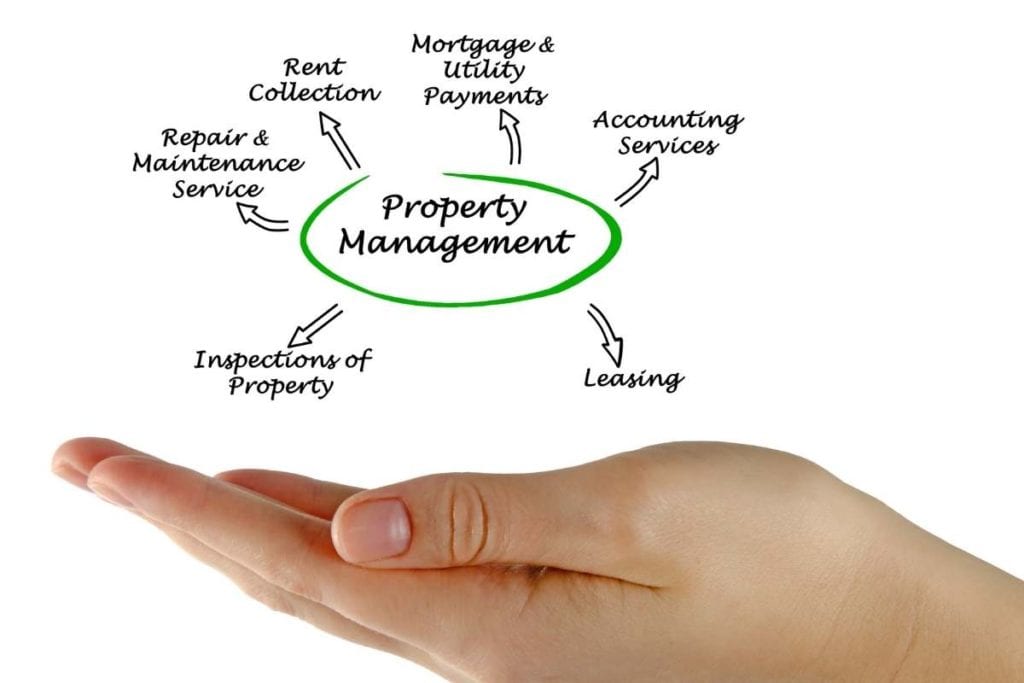
Your Success is Around the Corner
As long as you arm yourself with the right information, you can succeed at building an income-generating portfolio. Real estate is still an excellent investment. We want to help you to invest wisely so that you get the most for your efforts!
Ready To Buy a Rental Property?
We can help! Leave you info below and we'll reach out!


